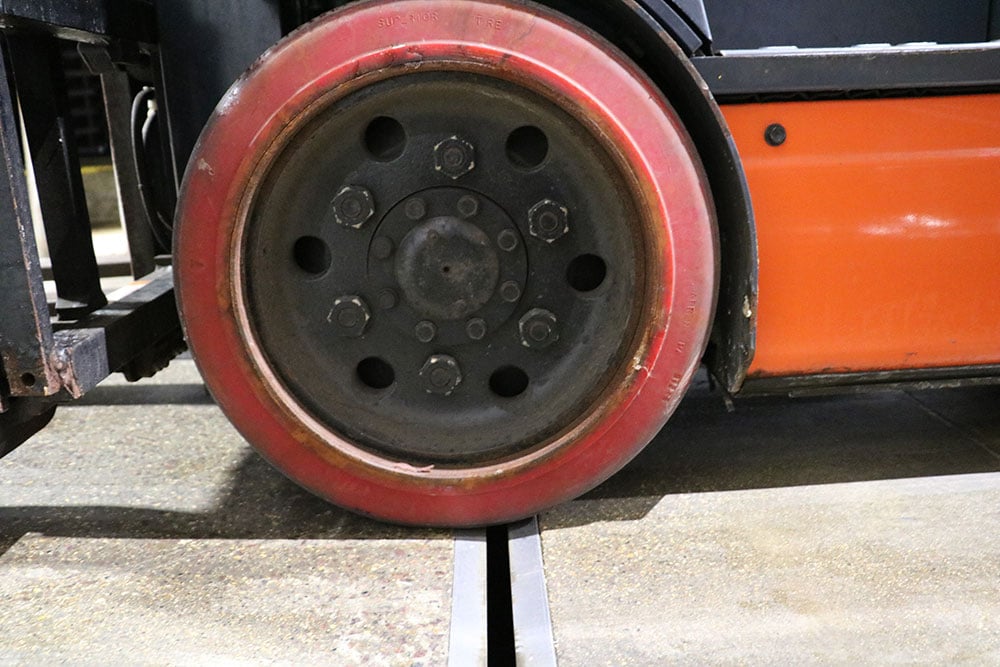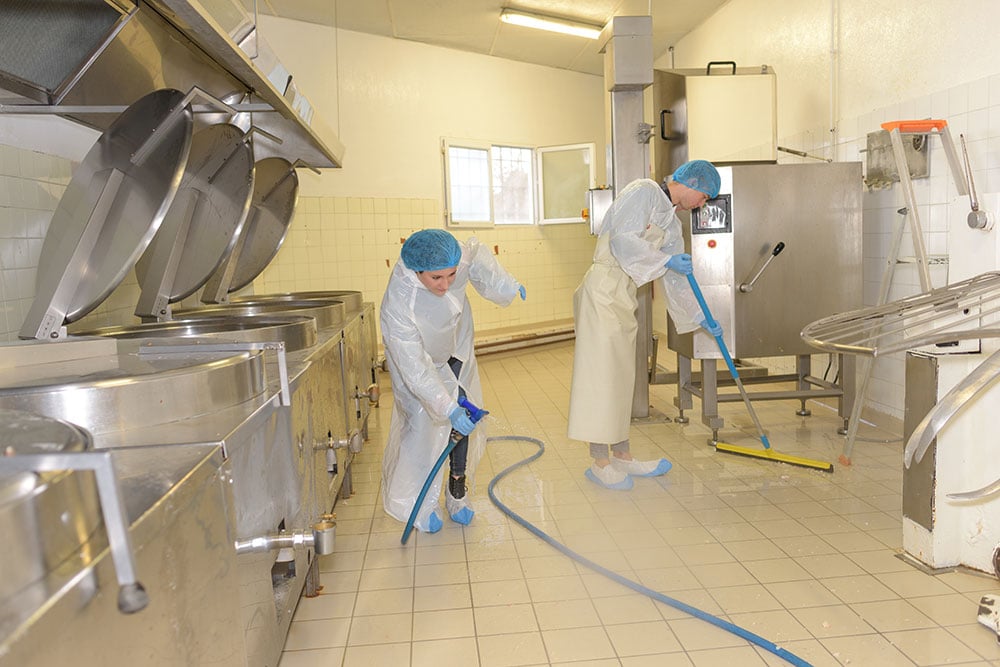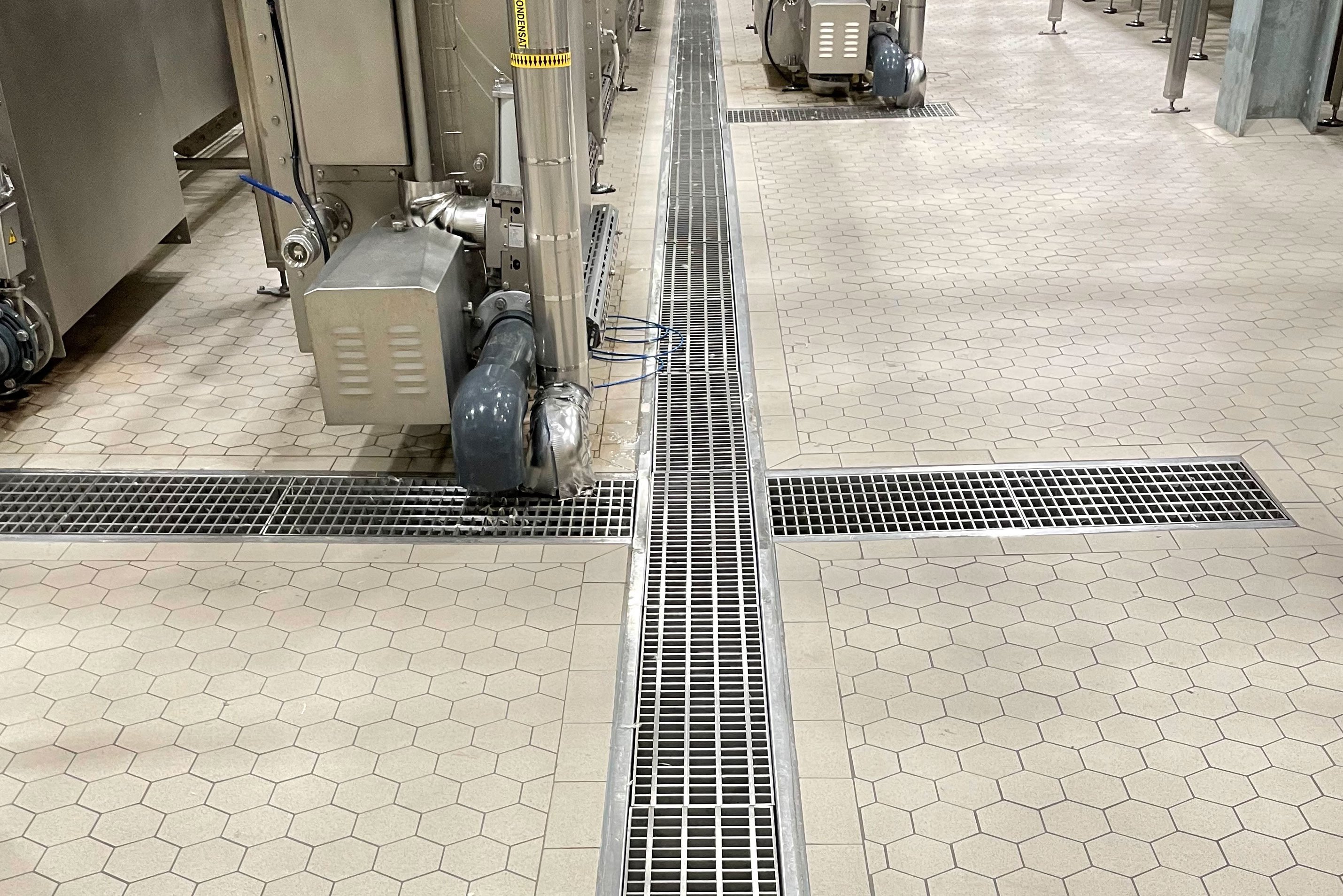Hygiene is one of the most critical aspects of food safety. Without proper hygiene, contamination can run rampant within the facility, leading to consumers becoming seriously ill with food-related illnesses. It is also illegal for businesses to supply food that can be harmful to consumers’ health. Doing so can result in legal consequences, fines, and damage to their reputation.
There is more to hygiene than washing hands and wearing PPE gear. A significant part of it is the cleanliness and sanitation of the entire facility. One area that should never get overlooked is the floor drains, which can harbor bacteria and lead to contamination.
How Drains Cause Hygiene Problems
Floor drain systems are an essential part of any food and beverage facility, however they do not always get the attention they require. This is dangerous, because floor drains are a major source of bacteria growth and contamination. Listeria, salmonella, and E.coli are just some of the pathogens that can grow in a dirty drain, and

each can be incredibly harmful to humans–possibly even deadly.
Even if the drain gets cleaned regularly, the wrong drain can make maintenance difficult, with food waste and bacteria clinging to the channel. Having the right hygienic drainage solutions in place, and using proper cleaning and sanitation methods can ensure that your floor drain is as clean and hygienic as the rest of your facility.
Common Drainage Options
Food and beverage facility managers have a variety of options when it comes to floor drains. Here are some of the options and some important details to keep in mind about each:
Point Drains
Point drains collect water from a single drainage point or gully. These drains are typically found in areas that need drainage from a specific point because of structural needs. The drain connects to drainage pipes below the ground, directing wastewater to a specific location.
Point drains have their uses, but they are not an ideal solution for food and beverage facilities. They require massive excavation and deep trench support for proper installation, and a facility would need multiple drains for the entire facility, making for an expensive and unattractive design. They also require floors to slope on all four sides, which creates additional costs and can make moving carts and heavy equipment more difficult.
HDPE Drains
HDPE drains are pre-engineered systems made of high-density polyethylene that are lightweight and easy to install. They have a smooth, durable texture and, like trench drains, require a grate cover, which creates an unattractive appearance and more difficult maintenance.
Cast-in-place Drains
Cast-in-place drains have the most involved installation process, requiring a trench and wood forms with reinforcing bars to support the concrete, which is an expensive system. These drains also require a grate cover and can become clogged without proper maintenance. This combination of issues makes them less-than-ideal for food and beverage facilities.
Trench Drains
Trench drains are some of the most common systems used in food and beverage facilities, with many systems falling into this category. They are surface systems consisting of a trench with a drain channel that is set in concrete. Channels can vary in size and are usually covered by a heavy grate. While effective, they are difficult to maintain and grate covers can pose serious safety risks.
Slot Drains
Within the family of trench drains, there is the 10,000 Series Slot Drain from FoodSafe Drains. Slot Drain is pre-sloped and pre-assembled and features a slimmer drain channel that eliminates the need for grate covers. The drain channel’s slim design means it doesn’t require a grate cover, so it creates a sleeker, more discreet appearance.
The FoodSafe Slot Drain system is built specifically with food and beverage processing facilities in mind, using NSF-certified seamless stainless steel, making Slot Drain one of the most hygienic drainage solutions available. In addition, the grate-free design makes it easy for inspectors to see the entire drain, making the inspection process easy.
The Slot Drain also provides ease of maintenance. There is quick and easy access to the channel, so workers can easily use tools like a brush and paddle to push any waste into the catch basin. The addition of a clean-in-place (CIP) system further simplifies maintenance, allowing workers to automatically plug the drain and run sanitizers, neutralizers, and other cleaning agents through the channel.


